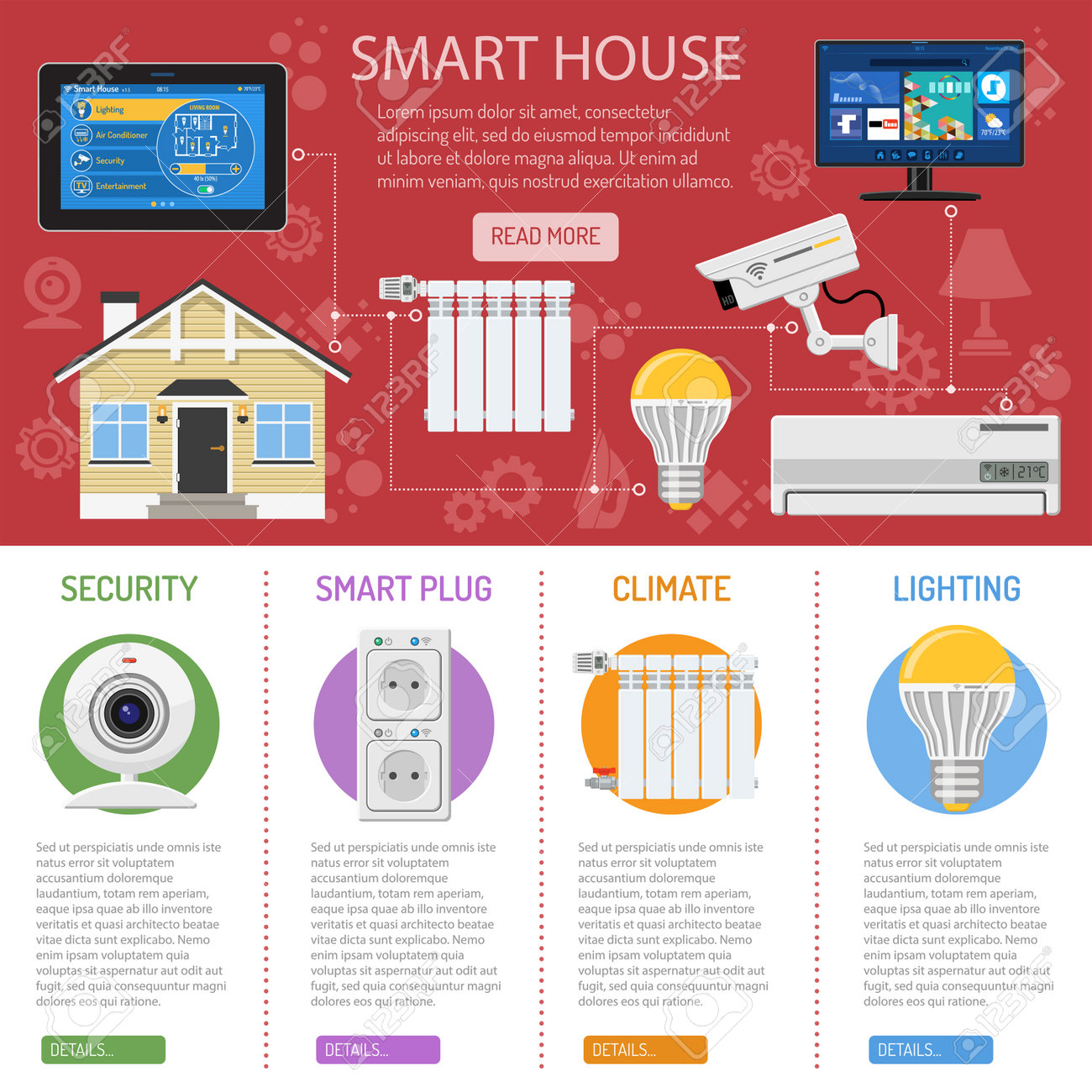The Ultimate Guide To Comprehending Warmth Pumps - How Do They Function?
The Ultimate Guide To Comprehending Warmth Pumps - How Do They Function?
Blog Article
Write-Up Written By-Blanton Gylling
The best heatpump can save you significant amounts of money on power expenses. They can additionally help reduce greenhouse gas emissions, especially if you utilize electrical energy in place of nonrenewable fuel sources like lp and heating oil or electric-resistance heating systems.
Heatpump work very much the same as a/c do. This makes them a practical alternative to conventional electrical home heating systems.
How They Work
Heatpump cool down homes in the summer season and, with a little aid from power or gas, they give some of your home's heating in the winter season. They're a great alternative for people who intend to lower their use fossil fuels yet aren't ready to change their existing furnace and air conditioning system.
They rely on the physical truth that also in air that seems also chilly, there's still energy existing: cozy air is always relocating, and it wishes to move right into cooler, lower-pressure atmospheres like your home.
Many power celebrity accredited heat pumps operate at close to their heating or cooling capacity throughout most of the year, decreasing on/off cycling and saving power. For click now , concentrate on systems with a high SEER and HSPF rating.
The Compressor
The heart of the heatpump is the compressor, which is additionally known as an air compressor. This mechanical flowing tool utilizes prospective energy from power development to boost the pressure of a gas by reducing its quantity. ventilation installation christchurch is different from a pump in that it just services gases and can't collaborate with fluids, as pumps do.
Climatic air gets in the compressor through an inlet valve. It circumnavigates vane-mounted arms with self-adjusting length that split the interior of the compressor, creating numerous dental caries of varying size. The blades's spin pressures these cavities to move in and out of stage with each other, compressing the air.
The compressor attracts the low-temperature, high-pressure cooling agent vapor from the evaporator and presses it into the warm, pressurized state of a gas. This procedure is duplicated as required to supply heating or air conditioning as called for. The compressor additionally includes a desuperheater coil that recycles the waste warm and adds superheat to the refrigerant, changing it from its fluid to vapor state.
The Evaporator
The evaporator in heat pumps does the exact same point as it carries out in refrigerators and air conditioning unit, changing fluid refrigerant into a gaseous vapor that removes heat from the area. Heatpump systems would not function without this essential piece of equipment.
This part of the system lies inside your home or building in an indoor air trainer, which can be either a ducted or ductless device. It contains an evaporator coil and the compressor that presses the low-pressure vapor from the evaporator to high pressure gas.
Heat pumps take in ambient heat from the air, and afterwards use electricity to transfer that heat to a home or business in home heating mode. That makes them a great deal a lot more power effective than electric heaters or furnaces, and due to the fact that they're using clean electrical power from the grid (and not melting fuel), they also generate far less emissions. That's why heat pumps are such great ecological choices. (As well as a substantial reason they're coming to be so prominent.).
The Thermostat.
Heatpump are excellent options for homes in cool climates, and you can utilize them in mix with standard duct-based systems or even go ductless. They're a great alternate to fossil fuel heater or conventional electrical heating systems, and they're more lasting than oil, gas or nuclear a/c devices.
Your thermostat is one of the most important part of your heat pump system, and it works extremely in a different way than a standard thermostat. All mechanical thermostats (all non-electronic ones) work by using compounds that transform size with enhancing temperature, like curled bimetallic strips or the expanding wax in an auto radiator valve.
These strips consist of two different sorts of steel, and they're bolted with each other to develop a bridge that finishes an electrical circuit linked to your heating and cooling system. As the strip obtains warmer, one side of the bridge expands faster than the other, which creates it to flex and signal that the heating system is needed. When the heatpump is in heating setting, the reversing valve reverses the flow of refrigerant, to ensure that the outdoors coil now works as an evaporator and the indoor cyndrical tube ends up being a condenser.